Discover how silicone sealants can elevate your projects with unmatched durability, flexibility, and waterproofing.
Silicone sealants are the unsung heroes of countless projects, from home repairs to industrial applications. With their waterproofing properties, durability, and flexibility, they are essential for sealing gaps, bonding materials, and protecting surfaces. Whether you’re sealing a kitchen sink or weatherproofing your roof, silicone sealants provide reliable, long-lasting results.
This guide explores the top uses of silicone sealants, shares expert tips, and recommends the best products for specific scenarios
Why Silicone Sealants Are Indispensable
Silicone sealants are a favorite among professionals and DIYers due to their unique properties:
Key Benefits of Silicone Sealants:
- Water Resistance: Prevent leaks, mold, and mildew by creating a watertight barrier.
- Durability: Withstand extreme weather, UV rays, and temperature fluctuations.
- Flexibility: Remain elastic after curing, accommodating movement in materials without cracking or peeling.
🛠 Pro Tip: Proper application ensures a durable seal. For best practices, read our 5 Pro Tips for Applying Silicone Sealant Like a Pro.
.
1. Bathroom Sealing: Prevent Mold and Mildew
Bathrooms are high-moisture environments, making them prone to mold and water damage. Silicone sealants are a must-have for sealing gaps around sinks, bathtubs, shower enclosures, and toilets.
Why It’s Critical
Without a proper seal, water can seep into cracks, causing structural damage, mold growth, and unsightly stains.
Expert Tips for Bathroom Sealing
- Choose Mold-Resistant Products: Use a product like OPTIMUS Waterproof Silicone Sealant for long-lasting mildew protection.
- Surface Prep: Remove old sealant, clean thoroughly, and dry before application.
- Regular Cleaning: Maintain the sealant with antibacterial cleaners to prevent discoloration and buildup.
🔗 Related Blog: How to Maintain and Extend the Life of Silicone Sealants.
2. Kitchen Sealing: Protect Against Water and Grease
In the kitchen, silicone sealants protect against water, grease, and food debris that could lead to stains or bacterial growth. Seal gaps around countertops, sinks, and backsplashes to keep your kitchen clean and functional.
Recommended Product
AutoStar Germany Multi-Purpose Silicone Sealant: Excellent adhesion and grease resistance make it ideal for kitchens.
Tips for Kitchen Sealing
- Clean Weekly: Wipe sealed areas regularly to prevent grease buildup.
- Inspect for Wear: Check for cracks or peeling and reapply sealant as needed.
🔗 Explore More: Learn about versatile sealant options in our Complete Guide to Choosing Silicone Sealants.
3. Window and Door Sealing: Improve Energy Efficiency
Drafty windows and doors not only let in cold air but also drive up energy costs. Silicone sealants are perfect for filling gaps, improving insulation, and keeping your home comfortable year-round.
Pro Tips for Window and Door Sealing
- Use a Caulking Gun: Apply a smooth, even bead for a professional finish.
- Inspect Regularly: Check seals before winter and summer to ensure optimal performance.
🔗 Further Reading: Discover weatherproofing uses in our Guide to Silicone Sealants for Different Applications.
4. Automotive Repairs: Durable Sealing for Vehicles
Silicone sealants are invaluable in automotive maintenance. Use them to seal windshields, windows, and body panels. Their elasticity and durability make them ideal for withstanding vibrations, moisture, and temperature changes.
Product Highlight
AutoStar Germany Windscreen Glass Sealant: Provides excellent adhesion and weather resistance for vehicle repairs.
Application Tips
- Clean Surfaces Thoroughly: Remove dirt, grease, and debris before applying sealant.
- Masking Tape for Precision: Outline the area with tape for a neat finish.
5. Outdoor Projects: Weatherproofing Solutions
Outdoor sealing projects demand products that can handle rain, UV rays, and temperature swings. Silicone sealants are perfect for sealing roofs, gutters, siding, and patios.
Best Practices for Outdoor Use
- Choose UV-Resistant Products: Use AutoStar Germany Multi-Purpose Silicone Sealant to prevent cracking and discoloration.
- Prep Surfaces Properly: Remove dirt, old sealant, and debris for a strong bond.
🔗 External Resource: ToolStation’s Sealant Buying Guide.
6. DIY Crafts and Repairs: Unleash Creativity
Silicone sealants are versatile enough for creative DIY projects. They’re perfect for crafting waterproof decorations, repairing ceramics, or even creating molds.
Tips for DIY Projects
- Go Transparent: Clear silicone sealants provide a clean, polished look.
- Test First: Check compatibility on a small area before applying to your project.
7. Industrial Applications: Built for High-Stress Environments
In industrial settings, silicone sealants excel at sealing heavy-duty joints, machinery, and high-temperature equipment. Their durability under extreme conditions makes them a trusted choice.
Best Product for Industrial Applications
High-modulus silicone sealants are designed to withstand heavy stress and high temperatures, ensuring long-term reliability.
Common Silicone Sealant Issues and Solutions
Even with high-quality sealants, challenges can arise. Here’s how to troubleshoot:
| Issue | Solution |
|---|---|
Mold Growth | Use mold-resistant products like OPTIMUS Waterproof Silicone Sealant and clean regularly. |
Peeling or Cracking | Ensure surfaces are clean, dry, and properly prepared before applying sealant. |
Air Bubbles | Use steady pressure with a caulking gun to avoid bubbles. |
🔗 Find More Solutions: Visit our Complete Guide to Choosing Silicone Sealants.
FAQs About Silicone Sealants
Most silicone sealants aren’t paintable. If painting is necessary, use a paintable sealant or mask off the area.
With proper maintenance, silicone sealants can last 5-10 years.
Yes, they are highly water-resistant, making them ideal for kitchens, bathrooms, and outdoor projects.
Conclusion: Unlock the Potential of Silicone Sealants
From sealing bathrooms and kitchens to weatherproofing outdoor projects, silicone sealants are versatile, durable, and reliable. By choosing the right product and following best practices, you can ensure long-lasting, professional results.
🚀 Ready to start? Explore our Silicone Sealant Collection to find the perfect sealant for your next project!
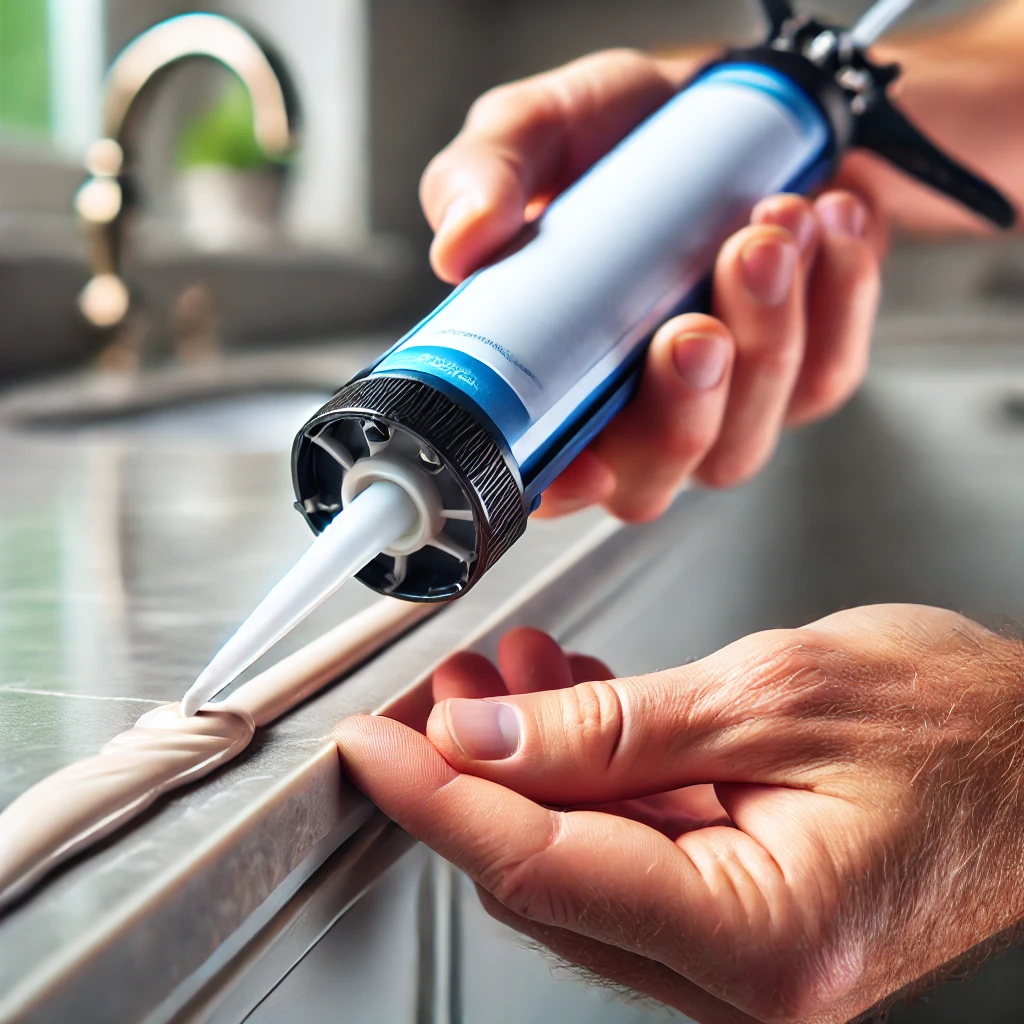

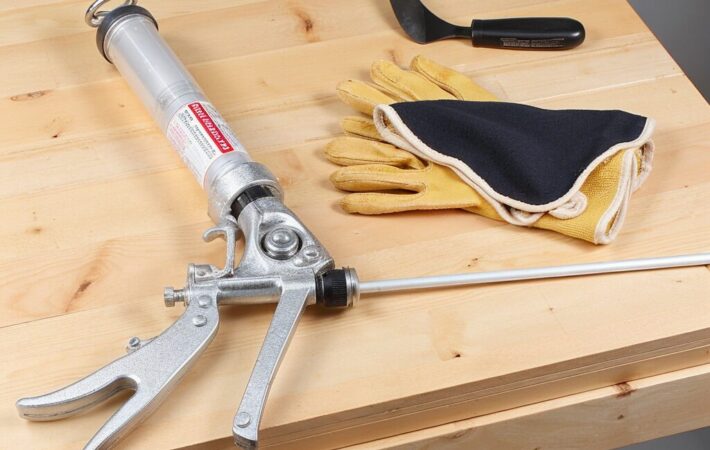
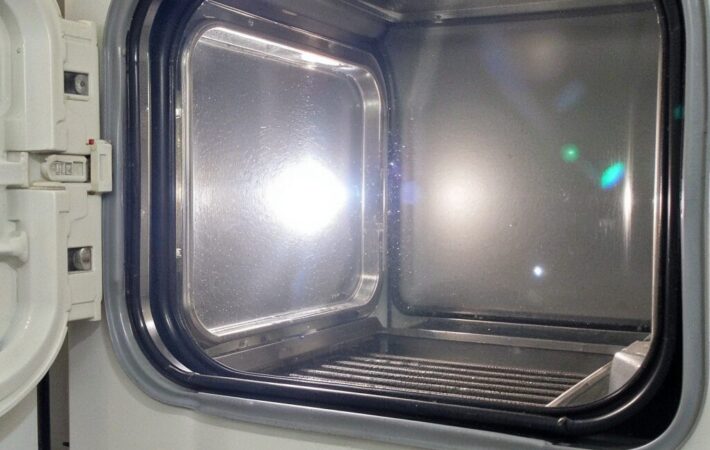
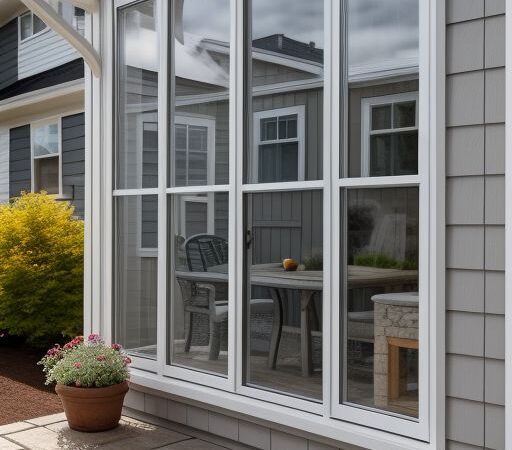
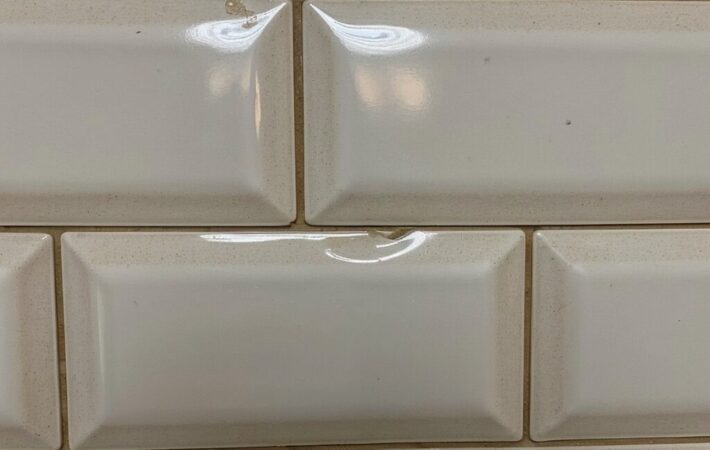
Leave a comment
Your email address will not be published. Required fields are marked *